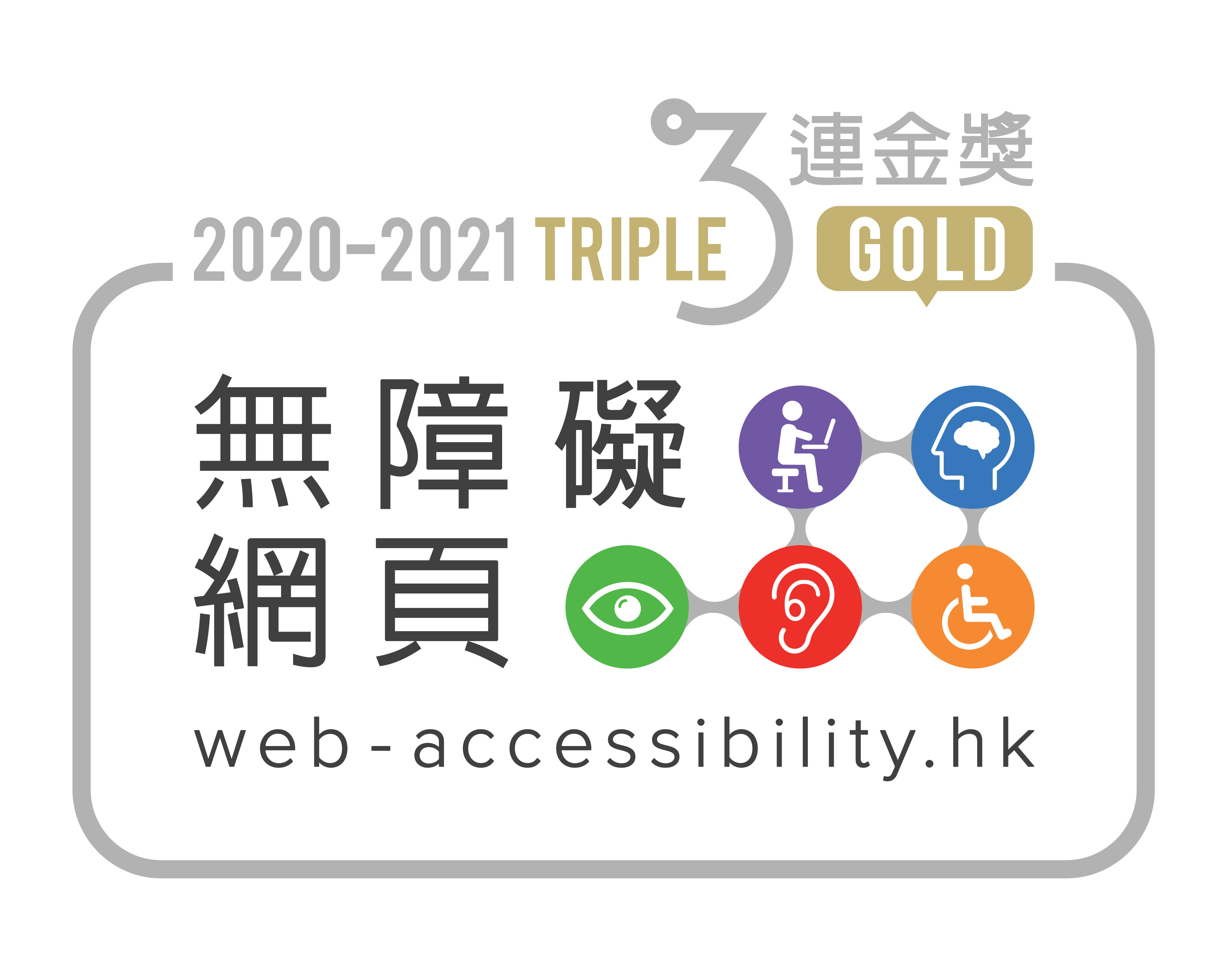CUHK
News Centre
CUHK study advises residential care homes for the elderly to maintain current infection control practices
The Jockey Club School of Public Health and Primary Care (JCSPHPC) of The Chinese University of Hong Kong (CUHK)’s Faculty of Medicine (CU Medicine) studied the susceptibility of residential care homes for the elderly (RCHEs) to different COVID-19 variants, and found that RCHEs are currently at a higher risk of infection. The research team appeals to RCHEs to continue applying the current rules regarding infection control practices until they achieve stable, high immunity levels.
Regular blood-taking from RCHE residents and staff members assessed the susceptibility of RCHEs to different variants
Among the Omicron subvariants of SARS-CoV-2, BA.4/5 has higher antibody evasion compared to BA.2 [1], which dominated the fifth epidemic wave of COVID-19 in Hong Kong. Considering the global prevalence of BA.4/5 and its sublineages [2][1], the recent “0+3” quarantine arrangement for inbound people and relaxation of social-distancing measures, the number of hospitalisations among adults aged 70 or above due to BA.4/5 and its sublineages will likely increase in Hong Kong, similar to other populations in countries such as the United Kingdom and the United States.
A previous study showed that “the explosive rise in BA.2 cases in early 2022” and “high mortality among individuals aged ≥80 years in the fifth wave pandemic in Hong Kong” were attributable to low population immunity [3]. In light of this, supported by the Health and Medical Research Fund from Health Bureau, JCSPHPC conducted “EVAX”, a longitudinal study that assessed the susceptibility of RCHEs to different variants by sampling blood from residents and staff.
Results showed 50% residents are at risk of BA.4/5 infection
The research team recruited 192 residents (mean age: 79) and 48 staff (mean age: 55) from 13 RCHEs. The team collected blood samples from participating residents and staff in July-August 2022, which underwent a surrogate virus neutralisation test (sVNT) [4] to detect levels of neutralising antibodies. A sample with an inhibition ≥30% is considered as “positive”, meaning that it has a detectable level of neutralising antibodies.
The levels of seroprotection against BA.4/5 among residents and staff were 50% (96/192) and 85% (41/48) respectively. All staff had received at least two vaccine doses and two-thirds of them had ever been infected. Hybrid immunologic exposure was generally present in residents: 72% (139/192) had ever been infected and had received at least two doses of the Sinovac vaccine under a homologous vaccination approach, among whom 95 residents had been vaccinated during the 14-90 days before blood collection. Among these 95 residents, the level of seroprotection achieved by three doses was higher than that achieved by two doses (Figure 1 in Appendix).
From the above findings, the research team offers the following recommendations to enhance infection control in RCHEs in the short-to-medium term.
- The level of seroprotection among residents was 50%, meaning half of the residents are currently at risk of BA.4/5 infection. Such a level of immunity is not sufficient to block transmission of COVID-19 in RCHEs. Even if a resident has been infected and has received two doses of the Sinovac vaccine, he or she should proactively consider receiving a booster dose to reduce the risk of infection and severe disease. The level of neutralising antibodies wanes as time goes by, but vaccines can still protect residents through other mechanisms such as cellular response. As per the data from Department of Health [5], individuals aged ≥60 years who have received 1-2 vaccine doses account for 28% (2627/9542) of deaths, but their counterparts who have received 3-4 doses account for only 3% (257/9542).
- The level of seroprotection among staff was 85%, meaning 15% of the staff are currently at risk of BA.4/5 infection, resulting in a pandemic prevention loophole. The government may consider reallocating resources that were reserved for inbound quarantine measures to enhance PCR testing among staff (e.g. offering a PCR test service on site in RCHEs, and releasing test results to RCHEs faster).
- RCHE residents are immunocompromised individuals who are at higher risk of severe outcomes if infected. Though Hong Kong is gradually resuming normality, we should maintain the ongoing infection control practices in RCHEs (e.g. visitors obtain negative PCR test results within 48 hours prior to entry), maintain high levels of environmental hygiene and stay optimistic until the level of immunity in RCHEs reaches stable, high level.
Professor Samuel Wong Yeung-shan, JCSPHPC’s Director, said, “Residents of RCHEs are very vulnerable, and the impact of Omicron on this setting was overwhelming in the fifth wave of the pandemic in Hong Kong. With the EVAX study, we can increase our understanding of the immunity levels of residents and staff in RCHEs against COVID-19 infection due to Omicron subvariants and other potential new variants. Assessing the potential risk of COVID-19 outbreaks in RCHEs is important for establishing infection control policies for this vulnerable population.”
Professor Kwok Kin-on, JCSPHPC’s Assistant Professor, said, “The recent immune-evading strains of the Omicron subvariants[2], more social mixing and waning immunity will likely result in increasing number of infections in the community, which will possibly be associated with an increase in hospitalisations and deaths. As we enter winter season, I strongly recommend residents of RCHEs receive both a booster vaccine against COVID-19 and a vaccine against influenza, which will offer them extra protection against severe illness and death, lessening the burden on the healthcare system.”
[1] According to World Health Organization Weekly Epidemiological Update – COVID-19 on 21 September 2022, BA.5 and BA.4 accounted for 76.6% and 7.5% respectively of sequences submitted to GISAID as of epidemiological week 35.
[2] BQ.1 in the United Kingdom and some European countries, BA.2.75 in India and BA.2.3.20 in Singapore, Denmark and Australia.
